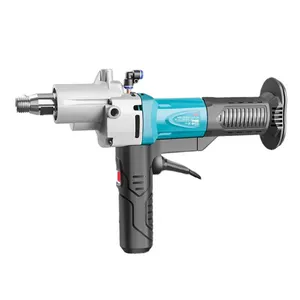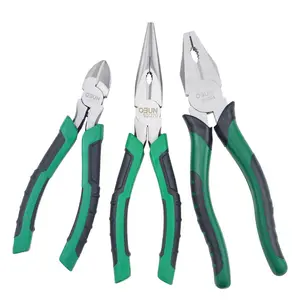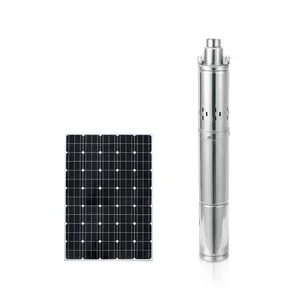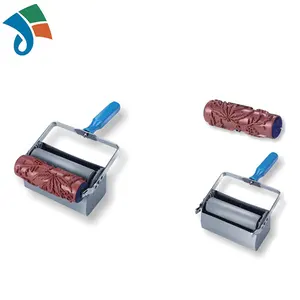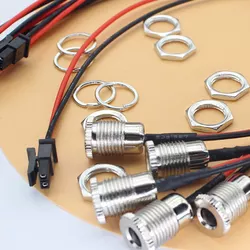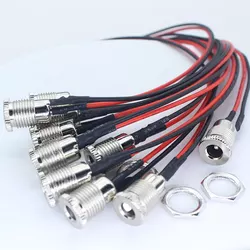Popular in your industry







































































Related Searches:

































































































































Top categories
About 3.5mm barrel connector
Understanding the 3.5mm Barrel Connector
The 3.5mm barrel connector is a pivotal component in the realm of electronic connectivity, serving as a crucial link within various devices. This cylindrical connector, often associated with audio applications, is designed to transmit signals with reliability and precision.
Materials and Construction
Typically, a 3.5mm audio jack is constructed from metals such as aluminum or brass for optimal conductivity, while the outer insulation may be made of durable plastics or rubber to ensure user safety and product longevity. The choice of materials contributes to the connector's resistance to wear and its ability to maintain a stable connection over time.
Types and Variations
There are several variations of the 3.5mm audio connector, including mono, stereo, and even TRRS versions, which support microphone functionality alongside stereo audio. Each type is tailored to its specific use case, from simple headphone connections to more complex audio interface applications.
Applications and Uses
The audio jack connector is versatile, finding its place in a multitude of devices such as smartphones, laptops, and audio equipment. Its role is essential in ensuring the transfer of audio signals without significant loss of quality, making it a staple in personal and professional audio environments.
Advantages of the 3.5mm Connector
The 3.5mm plug offers several advantages, including its compact size, which makes it suitable for portable devices. Its simplicity and ease of use have cemented its position as a common audio connection standard. Additionally, the connector's design allows for quick and easy connections without the need for specialized tools or extensive technical knowledge.
Selection Considerations
When selecting a 3.5mm barrel connector, it is important to consider the device's requirements, the environment in which it will be used, and the type of audio signal it will carry. Factors such as connector durability, signal integrity, and compatibility with existing equipment are paramount in ensuring that the chosen connector meets the needs of the application.

